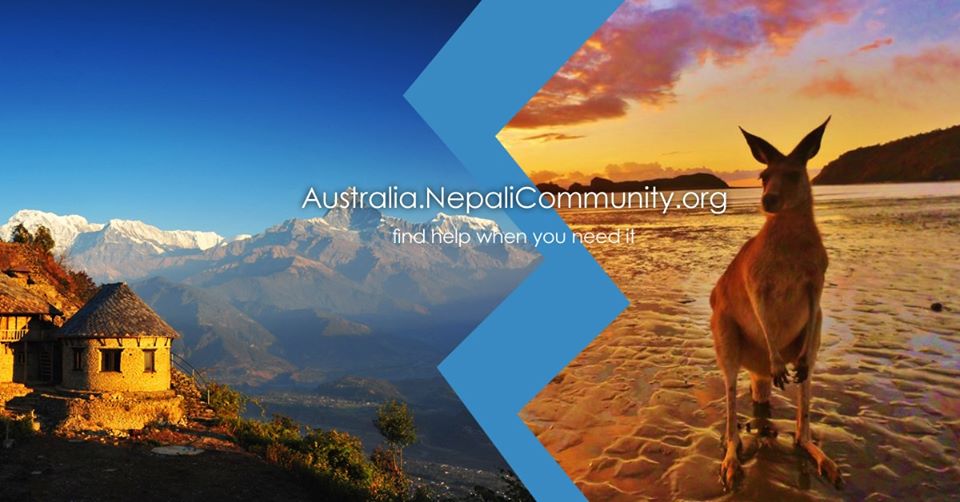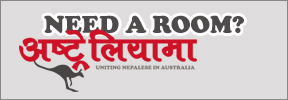Map charts early massacres of indigenous Australians
Jul 6, 2017 under Interesting 143 , Australia 90 , Culture and Tradition 16

In Caption: Prof Lyndall Ryan with the map, which took four years to compile
Researchers have created what they say is the most comprehensive map yet to detail the massacres of indigenous Australians by European settlers.
More than 150 locations feature on the online map, which presently covers only the nation's east coast.
The total number of deaths following British settlement in 1788 has long been debated, but many historians estimate it numbered tens of thousands.
Researchers hope the map will help with education and creating monuments.
The project includes details about the number of people killed at each site, which weapons were used, and who was responsible.
The information was compiled over four years and corroborated through sources including settler diaries, newspaper reports, court records and letters.
"For many Australians, this kind of information will come as a shock," project author Prof Lyndall Ryan told the BBC.
"Our ancestors were out there engaging in some pretty violent forms of behaviour."
More than 150 massacres affecting almost every Aboriginal clan took place between 1788 and 1872, compared with six recorded massacres of colonists during the same period.
A massacre was defined as the indiscriminate killing of six or more undefended people, the study said.
Prof Ryan said several violent events claimed more than 60 lives, while about 150 people were killed in one incident in Victoria's Gippsland region.
Call for recognition
Prof Ryan, a historian at Australia's University of Newcastle, said the team will document the country's west over the next two years.
She hopes it will help inspire memorials around Australia, similar to those acknowledging casualties in World War I.
"We are going to need monuments to realise that this was an ongoing war," she said.
"I hope it will lead to a clearer understanding of why the situation with Aboriginal people is still so desperate today."


